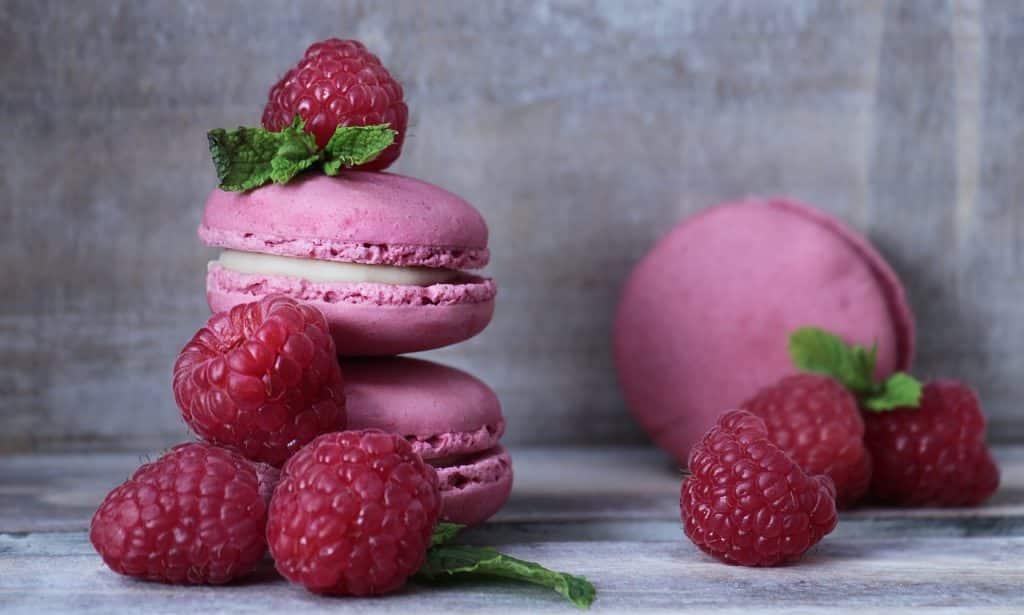Have you ever been paid to take pictures of food? Most photographers’ closest experience with food photography is photographing the cake at a client’s wedding. Nonetheless, many photographers aspire to learn how to properly style food for their own shoots as well as for potential new clients.
The goal of food styling is to make the viewer want to eat the food in the photo because it looks so delicious. Let’s take a look at everything you should know about food styling.
What is Food Styling Photography?
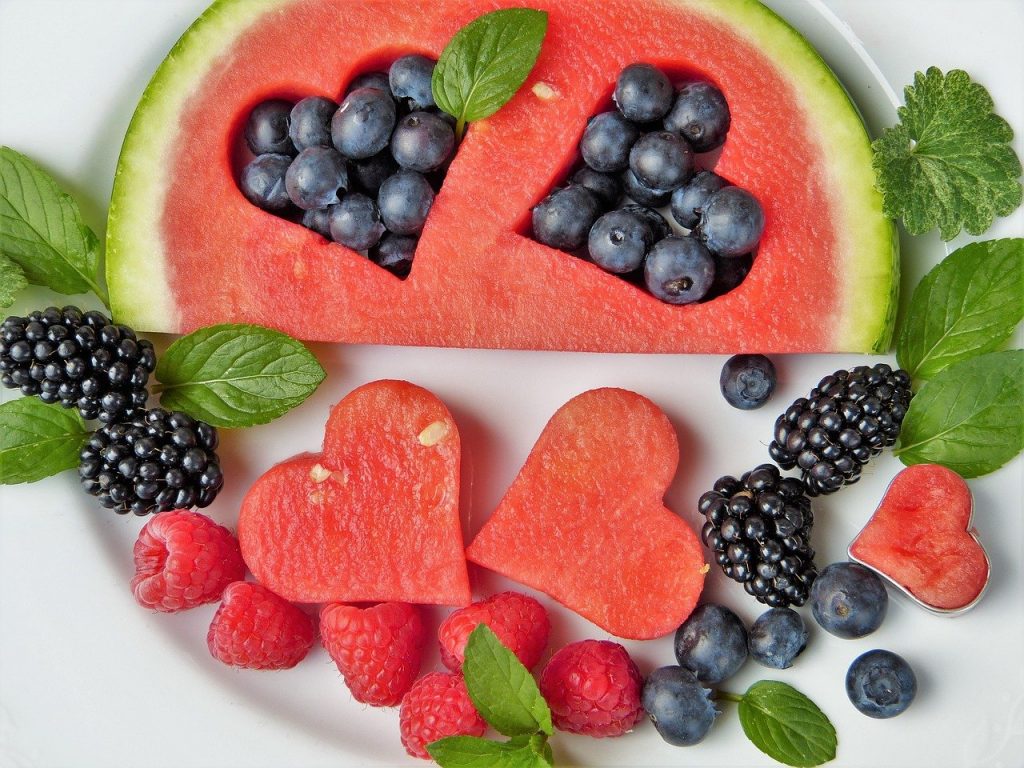
The first thing you should know is that most shoots are done by two people. A food stylist as well as a food photographer In general, this is not the same job because it necessitates a significant amount of work on both sides in various ways.
The first thing you should know is that most shoots are done by two people. A food stylist as well as a food photographer In general, this is not the same job because it necessitates a significant amount of work on both sides in various ways.
Editorial Food Stylist
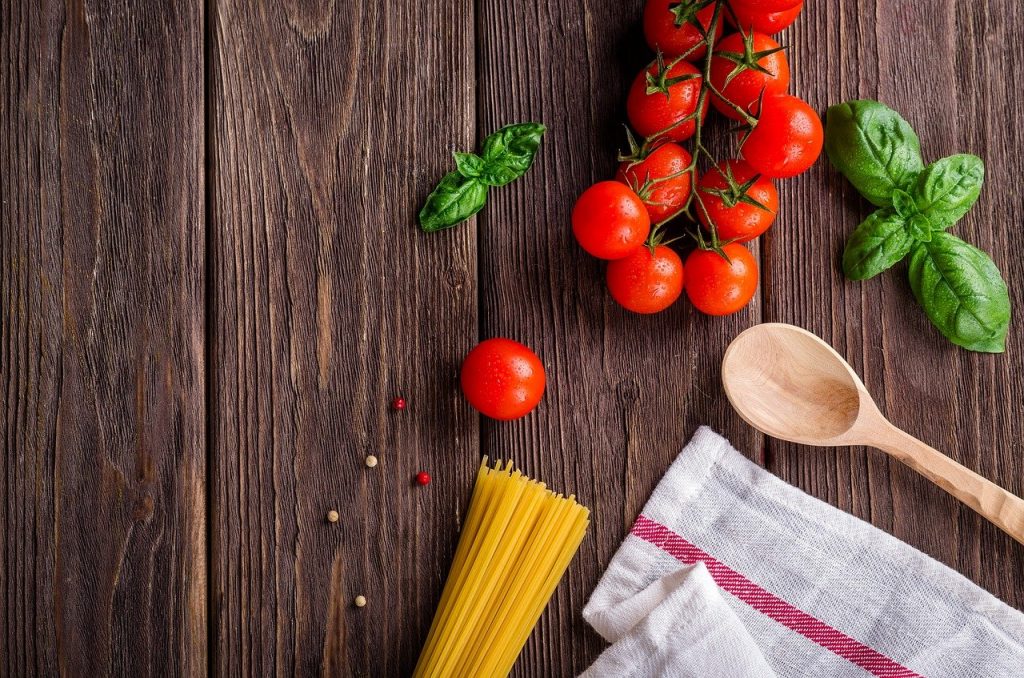
An editorial food stylist typically works on a tighter budget and is expected to style several recipes in a single day for cookbooks or magazines. An editorial food stylist can expect to set up 5 to 10 recipes per day and maybe work with untested recipes, so they will have to make the food themselves or get more creative.
Advertising Food Stylist
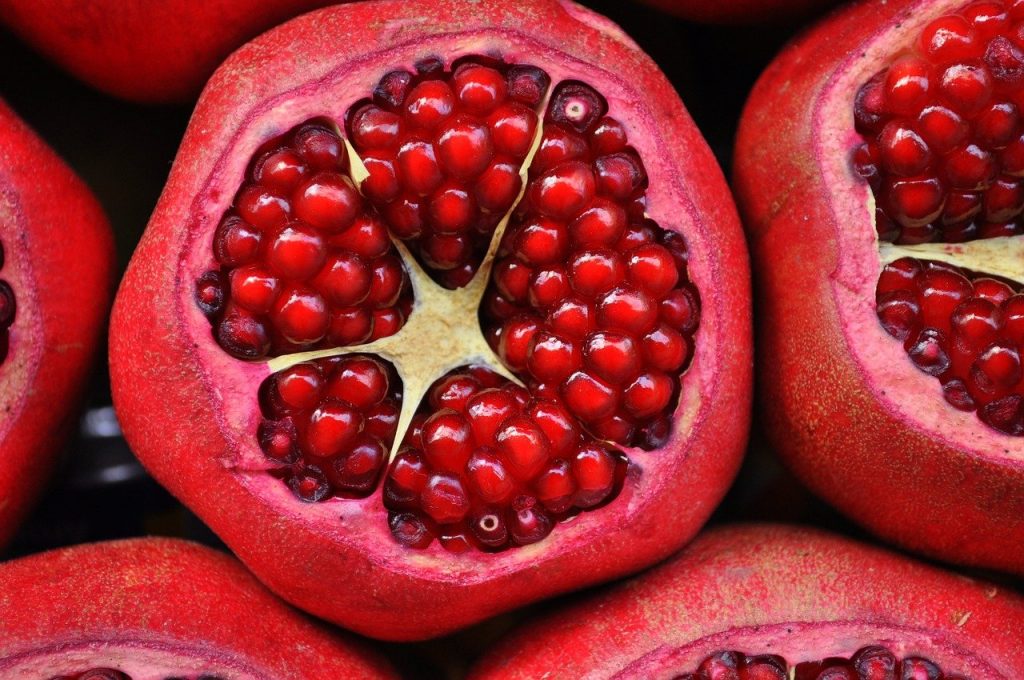
Advertising food stylists typically work for large corporations and have a larger budget. Their primary responsibility is to sell food. Consider restaurant menus or a billboard with food photography on it. If the food is not shot well, no one will buy it.
Because you are both the stylist and the photographer, which is unusual, it is critical that you inform potential clients of this. Instead of saying, “I am a food photographer, food stylist, and a chef,” say, “I styled and photographed all of the food you see on my website.” If you can combine the two skills, you may be a more valuable asset to businesses.
What are the Duties of Food Stylists?
Food stylists’ responsibilities vary greatly. Some food stylists specialize in a single type of food, such as ice cream, beverages, baked goods, or meat. A food stylist is responsible for making the food look good on camera. Often, this means that whatever they’re using in their food styling isn’t edible off camera.
As a food stylist, you should arrive on set with a toolbox full of materials to manipulate the food. Food stylists use a variety of supplies to create a visually appealing food plate.
They are true magicians with their use of paint, corn syrup mixtures, white glue, sponges, and vaseline. Because of their quick melting properties, ice cream and ice cubes are among the more difficult foods to photograph. You can bet that the majority of the food photos you see contain some sort of non-food element to make them look more appealing when photographed.
How do you Become a Food Stylist?
If you love food and have an artistic eye, becoming a food stylist could be your dream job. However, as previously stated, it is a difficult and competitive road. But don’t let that discourage you! Here are some pointers on how to become a food stylist.
Develop a Food Portfolio on Your Website
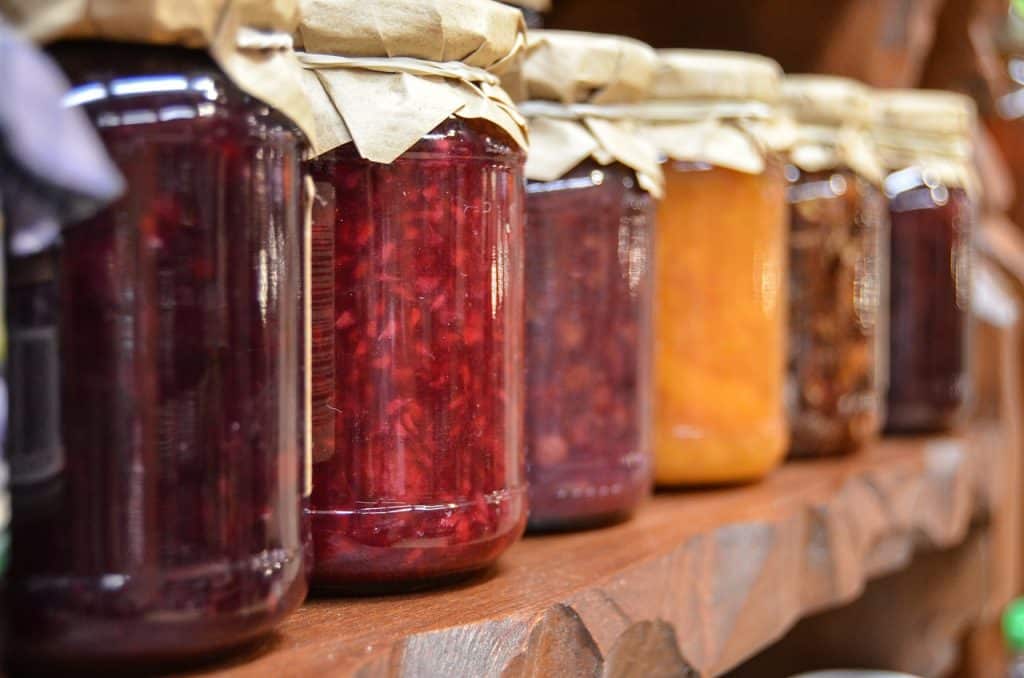
Start small with your own food photography if you want to become a food stylist. First, practice creating and styling your own recipes. Experiment with different techniques, such as swapping out food materials that look nicer but can pass for what you’re supposed to be shooting. As with any new skill, the more you practice on your own time, the better your work will become.
Find a Mentor
Working as a food stylist assistant can be a quick way into the industry. Take the time to research your area’s favorite food stylist, then contact them and offer to work for free or at a low cost. Working with the best in the food styling industry who have years of experience and connections will help you advance much faster.
Manage Client’s Expectations
When a potential client first contacts you, be truthful about your experience and refer them to your portfolio so they can get a sense of your style and specialties. You can ask them to send you some examples of what they are looking for in terms of photography, and be sure to ask them if their foods have ever been photographed before, and what they liked and disliked about the photos.
As with most clients, have them sign a contract that states something like, “Immediate client approval is required on set or via email.” If the client fails to respond, the photographer’s work must be accepted; no reshoots are permitted under this agreement.”
Develop your Artistic Eye
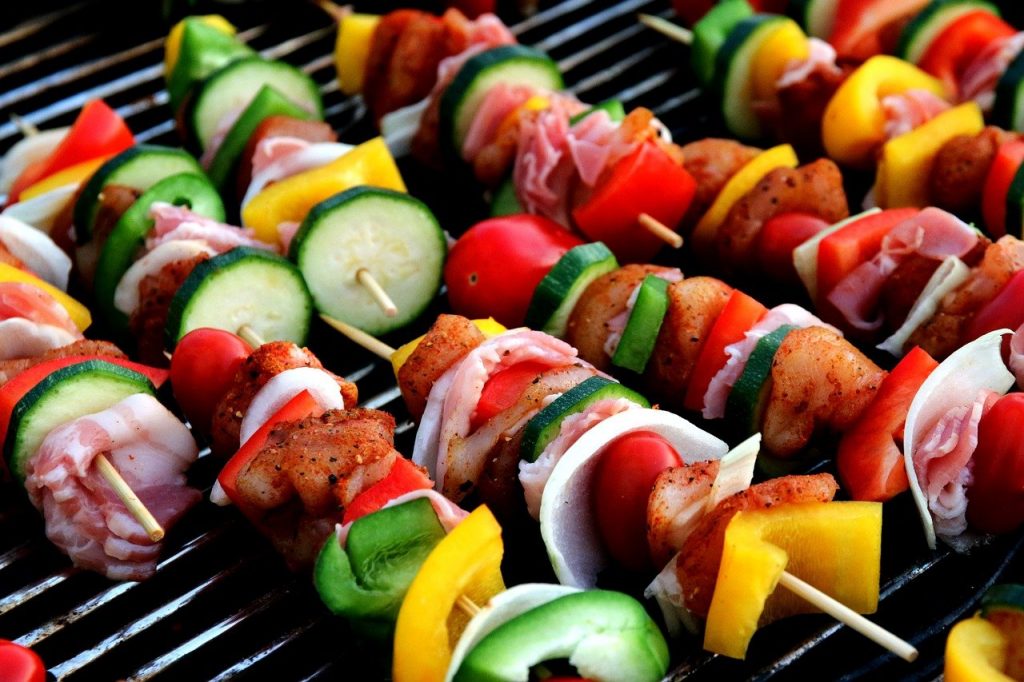
When it comes to food styling, the understanding composition is essential. It’s critical to become obsessive about details. Many stylists collect magazines with the latest fashion trends in all genres of design and try to incorporate them into their food styling looks. We advise you to do the same. Examine others’ work and hone your own.
Build your Tool Kit
As previously stated, stylists are expected to arrive prepared to style the food. Begin collecting your favorite materials after putting them through their paces on your own recipes. Tweezers, gloves, paper towels, water spritzers, paintbrushes, a pastry torch, and glycerine should all be included in your tool kit.
Note: If you want to make some adjustments to the photo just let me know. I can do it for you at a very low cost. You can hire me to edit your photo.
LATEST POST
- What is Midjourney
 Discover the capabilities of Midjourney AI, learn how to effectively utilize the platform, and explore the advantages and disadvantages of the Midjourney AI image generator across its different pricing options.
Discover the capabilities of Midjourney AI, learn how to effectively utilize the platform, and explore the advantages and disadvantages of the Midjourney AI image generator across its different pricing options. - Brand identity elements
 In the vast marketing universe, imagery is pivotal in establishing and nurturing a brand’s identity. A brand’s visual choices are not merely aesthetic decisions but strategic moves that can significantly influence perception and performance. This Picfixs article explores the intricacies of selecting imagery that complements and enhances a brand’s essence, ensuring it resonates with the… Read more: Brand identity elements
In the vast marketing universe, imagery is pivotal in establishing and nurturing a brand’s identity. A brand’s visual choices are not merely aesthetic decisions but strategic moves that can significantly influence perception and performance. This Picfixs article explores the intricacies of selecting imagery that complements and enhances a brand’s essence, ensuring it resonates with the… Read more: Brand identity elements - 100 Best Mountain Captions and Mountain Quotes for Instagram
 Ready to scale new social media heights? Look no further than this treasure trove of 100 exhilarating captions and quotes, handpicked for your Instagram mountain posts!
Ready to scale new social media heights? Look no further than this treasure trove of 100 exhilarating captions and quotes, handpicked for your Instagram mountain posts! - Symmetry in Photography: A Creative Approach with Examples
 Delve into the enchanting realm of symmetry in photography as we showcase mesmerizing examples on our website. Experience the allure of perfectly mirrored images!
Delve into the enchanting realm of symmetry in photography as we showcase mesmerizing examples on our website. Experience the allure of perfectly mirrored images! - 11 Quarantine Photoshoot Ideas to Try at Home for Amazing Photos
 Looking for unique photoshoot ideas during quarantine? Explore the 11 creative suggestions that will help you capture unforgettable moments at home.
Looking for unique photoshoot ideas during quarantine? Explore the 11 creative suggestions that will help you capture unforgettable moments at home.


